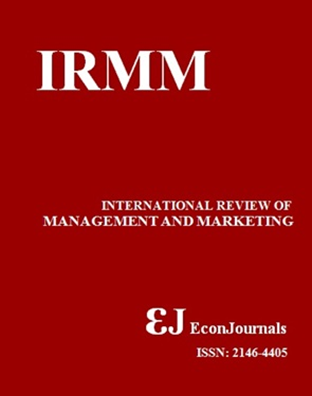Engaging Consumer Senses: The Role of Interactive Brand Experiences in Brand Building
DOI:
https://doi.org/10.32479/irmm.15541Keywords:
Brand Experience, Sensory marketing, Consumer behaviour, Beverages, Energy Drinks CategoryAbstract
Successful brands are investing in creating exceptional interactive brand experiences and fostering emotional connections to build brand love. This dual approach contributes to long-term customer relationships and is an effective way for companies to create hedonic value thereby gaining a competitive advantage. The purpose of the study is to investigate how interactive brand experiences (i.e., sensory, emotional, behavioural, and intellectual) influence brand love in the energy drinks category amongst young adults in South Africa. Data were collected from energy drink young adults through physical surveys. The study applied partial least-square-based structural equation modeling (PLS-SEM). The results revealed that the various interactive brand experiences dimensions influence brand love. Although the brand experience dimensions are supported, they don’t seem to equally influence brand love, as the sensory experience dimension (i.e., taste, smell, sight, touch, and sound), had the strongest influence on brand love. Consumers desire something that touches their heart and engages their senses. Marketers can therefore focus on building brand related stimuli in order to influence consumer behaviour. By focusing on these alternative marketing approaches to brand building, marketers can attract and retain young adults. This research contributes to understanding how brand experiences influence brand love in the energy drinks beverage category.Downloads
Published
2024-03-19
How to Cite
Ligaraba, N. (2024). Engaging Consumer Senses: The Role of Interactive Brand Experiences in Brand Building. International Review of Management and Marketing, 14(2), 1–6. https://doi.org/10.32479/irmm.15541
Issue
Section
Articles




